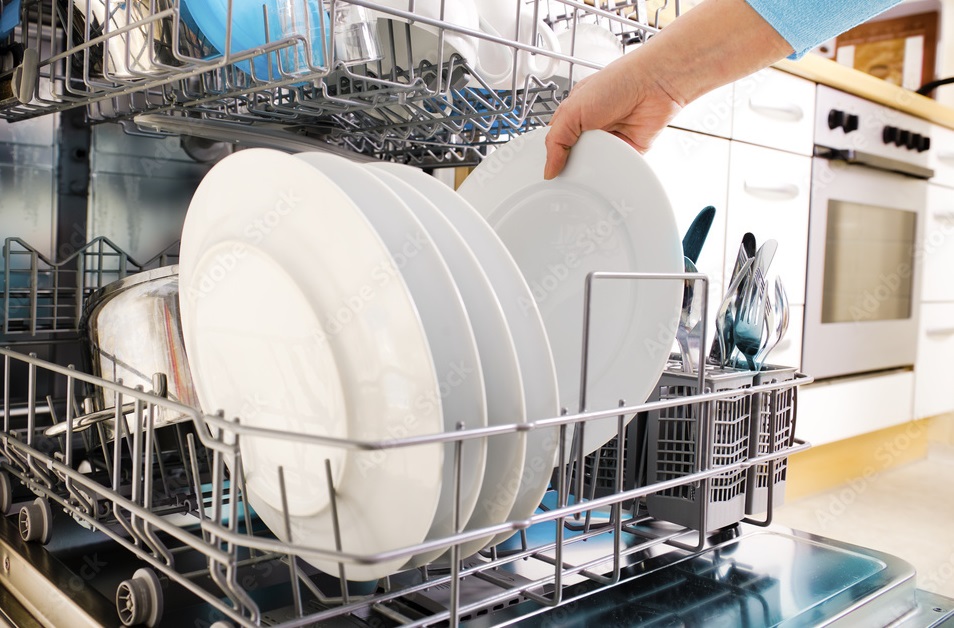In the realm of modern kitchen conveniences, the dishwasher stands as a stalwart champion of cleanliness and efficiency. Yet, achieving consistently spotless dishes can sometimes feel like a quest shrouded in mystery. Fear not, for we’re here to unravel the secrets to obtaining the cleanest dishes from your dishwasher, ensuring that each load emerges gleaming and ready for action.
1. Preparation is Key
Before you even load a single plate, a bit of preparation can go a long way:
- Scrape, Don’t Rinse: Modern dishwashers are designed to handle food residue. Scrape off large food scraps into the trash rather than rinsing dishes beforehand, as this can actually interfere with the dishwasher’s cleaning process.
- Arrange Efficiently: Place dishes strategically, ensuring that water can flow freely to all surfaces. Load plates and bowls facing the spray arms for optimal cleaning.
2. Choose the Right Detergent
The choice of detergent plays a significant role in dish cleanliness. Here’s what to consider:
- Quality Matters: Invest in a high-quality detergent formulated for your water hardness and dishwasher type. Powder, gel, and pod options are available, each with its own strengths.
- Avoid Overloading: While it can be tempting to maximize every inch of dishwasher space, overcrowding can prevent water from reaching all items effectively. Leave enough space between dishes for water and detergent to do their jobs.
3. Utilize Rinse Aid
Rinse aid isn’t just for show—it’s a crucial component in achieving spot-free dishes:
- Enhanced Drying: Rinse aid helps water sheet off dishes during the final rinse cycle, reducing water droplets that can leave spots and streaks.
- Regular Refills: Keep the rinse aid dispenser full to maintain consistent results with each load.
4. Optimize Your Dishwasher’s Settings
Modern dishwashers offer a variety of settings designed to handle different loads and soil levels:
- Adjust for Soil Level: Select settings based on how soiled your dishes are. Heavy-duty cycles are ideal for pots and pans, while light cycles are perfect for lightly soiled items.
- Temperature Matters: Hotter water improves cleaning efficiency, so opt for settings that use higher temperatures when appropriate.
5. Maintain Your Dishwasher
Regular maintenance ensures that your dishwasher continues to perform at its best:
- Clean the Filter: Check and clean the dishwasher filter regularly to prevent food particles from clogging the spray arms and affecting cleaning performance.
- Run Maintenance Cycles: Periodically run a cleaning cycle using dishwasher cleaner or a mixture of vinegar and baking soda to remove built-up residue and keep odors at bay.
6. Inspect and Adapt
Even with the best practices, occasional adjustments may be necessary:
- Inspect Results: After each cycle, check your dishes for cleanliness. Adjust loading, detergent amounts, or settings as needed for optimal results.
- Troubleshoot Issues: If you notice persistent problems like spots or residue, consider factors such as water hardness, detergent effectiveness, or the condition of your dishwasher.
Mastering the art of achieving spotless dishes from your dishwasher involves a blend of preparation, proper technique, and occasional troubleshooting. By following these steps, you can ensure that every wash cycle delivers sparkling results, freeing you to enjoy your meals without the worry of dishwashing aftermath. Here’s to effortless cleanliness and more time for the things that truly matter in your kitchen and beyond.
Also Read:
